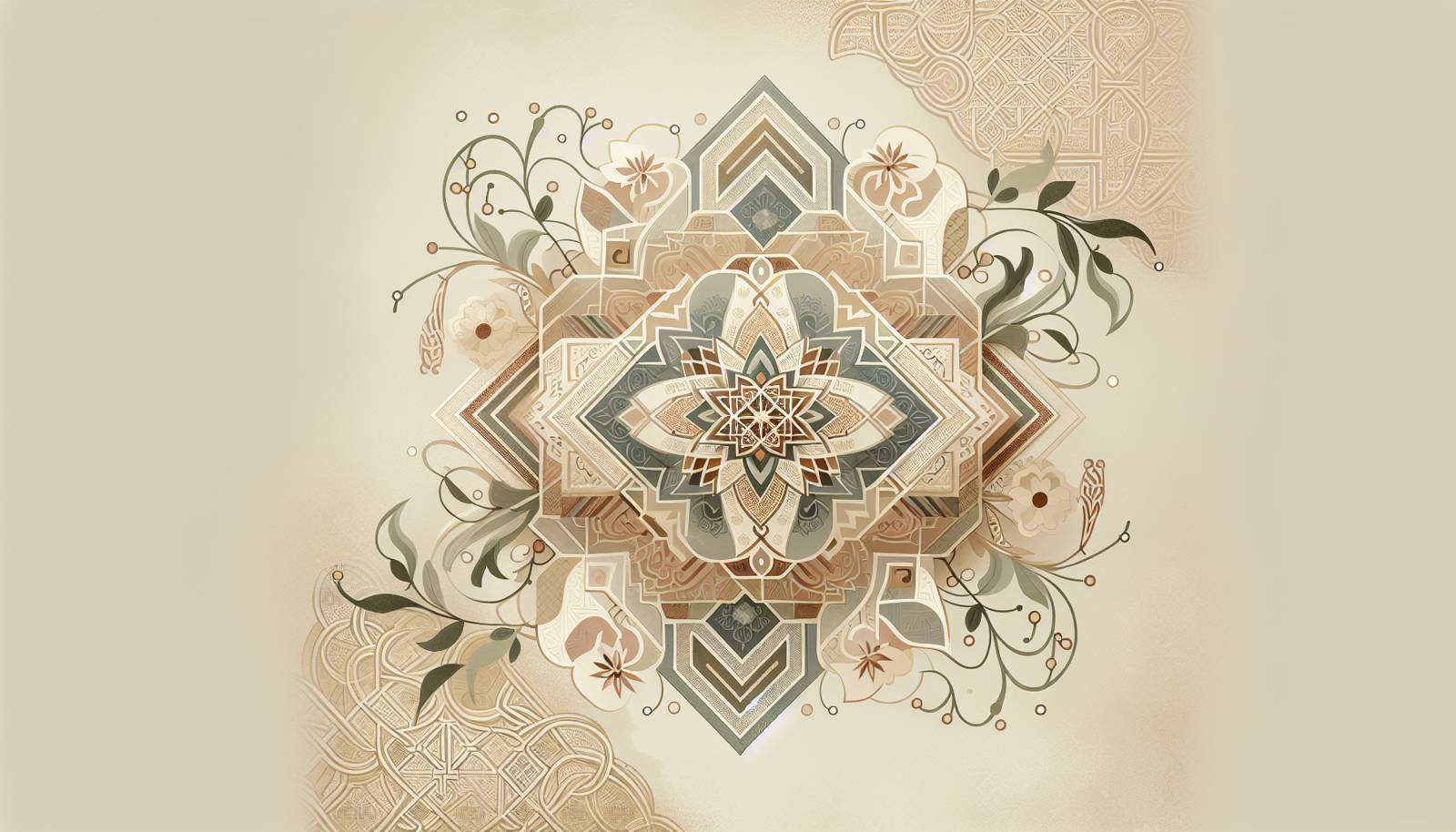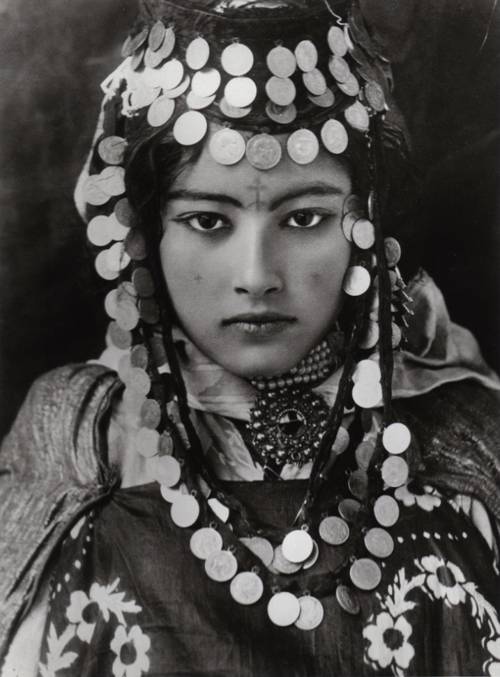
FAQ About The Evolution of Traditional Arab Tattooing

What are traditional Arab tattoos?
Traditional Arab tattoos are body markings that have been historically practiced among various Arab communities. These tattoos are usually deeply ingrained with cultural, tribal, or religious significance. They often include geometric patterns, calligraphy, and symbols that hold personal or social meanings. Unlike contemporary tattoos, traditional Arab tattoos were often done using natural materials and more rudimentary techniques.

What materials were traditionally used for Arab tattooing?
Traditional Arab tattoos were typically created using natural materials available in the surrounding environment. This often included the use of soot, coal, plant-based inks, and occasionally even henna, depending on the region and the specific cultural practices of the tribe or community.

What was the cultural significance of traditional Arab tattoos?
Traditional Arab tattoos held a variety of cultural significances that varied between tribes and regions. They could denote personal identity, tribal affiliation, social status, or even religious beliefs. In some cultures, tattoos were believed to offer protection or were part of rites of passage. These tattoos were also a means of artistic expression, capturing the rich cultural heritage of the people.

How did traditional Arab tattooing practices vary across regions?
Tattooing practices in the Arab world varied significantly across regions due to differences in cultural, tribal, and religious influences. For instance, North African tribes might have used tattooing as a mark of tribal affiliation, protection, or beauty, while in other regions, tattoos could serve spiritual or medicinal purposes. The designs, materials, and applications all reflected distinct regional characteristics.

Which communities practiced traditional Arab tattooing?
Traditional Arab tattooing was practiced by various communities across the Arab world, including Bedouins, Berbers in North Africa, and other tribal groups in the Middle East. Each of these groups had unique traditions and styles that contributed to the rich diversity of tattooing practices.

How has traditional Arab tattooing influenced contemporary body art aesthetics?
The influence of traditional Arab tattooing can be seen in contemporary body art, where elements such as geometric patterns, calligraphic designs, and symbolic motifs have been incorporated into modern tattoos. Today's artists often draw inspiration from these traditional designs, blending them with contemporary styles to create pieces that honor and reinterpret cultural heritage.

Are there any surviving traditional Arab tattoo styles today?
Yes, some traditional Arab tattoo styles have survived and continue to be practiced, although they are much less common today. In certain communities, traditional techniques and designs are preserved as part of cultural heritage. However, these practices are increasingly being adapted to modern contexts or combined with contemporary tattooing methods.

Did traditional Arab tattoos have religious implications?
The relationship between traditional Arab tattoos and religion was complex. In some cases, tattoos were imbued with religious symbolism or beliefs; in others, they were purely cultural. However, Islamic teachings generally discourage tattooing, which has influenced the decline of these practices in many parts of the Arab world over time.

What are some common symbols found in traditional Arab tattoos?
Common symbols in traditional Arab tattoos include geometric shapes, crescents, stars, and various forms of calligraphy. These symbols often carry meanings related to protection, identity, and cultural storytelling. They could also represent connections to nature, spirituality, and the cosmos.

How were traditional Arab tattoos applied onto the skin?
Traditional Arab tattoos were usually applied using rudimentary methods involving hand-made tools. Typically, a needle or sharp instrument would be used to puncture the skin and introduce ink made from natural sources. This process was fairly rudimentary compared to modern tattooing machines, but it was effective for the styles and techniques used at the time.

What role did gender play in traditional Arab tattooing practices?
Gender roles in traditional Arab tattooing varied by region and tribe. In many communities, women were more likely to receive tattoos than men, often as part of beauty rituals or rites of passage. Tattoos could mark a woman’s coming of age or marital status. Men, on the other hand, might receive tattoos related to warrior status or tribal affiliation.

Have any specific historical figures been known for their traditional Arab tattoos?
While there may not be widely recognized historical figures specifically known for their traditional Arab tattoos, cultural and tribal leaders often bore tattoos that denoted their status or achievements. Historical records and folklore sometimes reference these markings as part of broader cultural narratives.

What challenges face the preservation of traditional Arab tattooing?
The preservation of traditional Arab tattooing faces several challenges including cultural shifts, religious opposition, globalization, and modernization, which reduce reliance on tribal or cultural identifiers like tattoos. Additionally, a decline in skilled practitioners and the assimilation of Western tattooing trends threaten to erode traditional practices further.

Did traditional Arab tattoos have medicinal purposes?
In some regions, traditional Arab tattoos were believed to have medicinal properties, although these beliefs varied widely. Certain tattoos were thought to ward off illness or bring good fortune, blending cultural beliefs with health and protection.

How are traditional Arab tattoos viewed in contemporary Arab cultures?
Contemporary views on traditional Arab tattoos vary significantly within Arab cultures. Some view them as an important part of cultural heritage and identity, while others see them as outdated or in conflict with religious beliefs. The resurgence of interest in cultural heritage has led to a renewed appreciation in some circles, though they still face religious and social scrutiny.

How did colonialism affect traditional Arab tattooing practices?
Colonialism significantly impacted traditional Arab tattooing practices by imposing foreign cultural norms that often devalued indigenous practices. This led to a decline in the practice as Western beauty standards infiltrated and influenced local customs. Additionally, colonial authorities sometimes prohibited tattooing, further contributing to its decline.

Are there modern tattoo artists who specialize in traditional Arab designs?
Yes, some modern tattoo artists specialize in traditional Arab designs, incorporating them into their portfolios either to keep cultural traditions alive or to offer a contemporary twist. These artists often work within cultural contexts to respectfully honor traditional designs while adapting them to modern aesthetics.

What are some notable differences between traditional Arab tattoos and those found in other cultures?
Traditional Arab tattoos differ from those in other cultures in terms of design, materials, and purposes. Arab tattoos commonly feature geometric and calligraphic patterns, whereas other cultures may focus more on pictorial or animal representations. The meanings behind the tattoos also vary greatly depending on cultural beliefs and societal roles.

How did traditional Arab tattooing evolve over time?
Traditional Arab tattooing has evolved from being a widespread tribal practice to a more niche cultural art form. Its decline can be attributed to the rise of religious conservatism and globalization, which have minimized the role of tattoos in daily life. However, efforts to preserve and adapt traditional techniques within modern contexts show an evolution meant to keep these traditions alive.

What are some misconceptions about traditional Arab tattooing?
Common misconceptions about traditional Arab tattooing include the belief that all Arab cultures uniformly practiced tattooing or that it held the same meaning across all regions. In reality, practices and beliefs around tattooing were diverse and heavily influenced by regional, tribal, and religious contexts. Another misconception is that the decline in tattooing practices was solely due to religious reasons, ignoring cultural and historical influences like colonialism and modernity.
